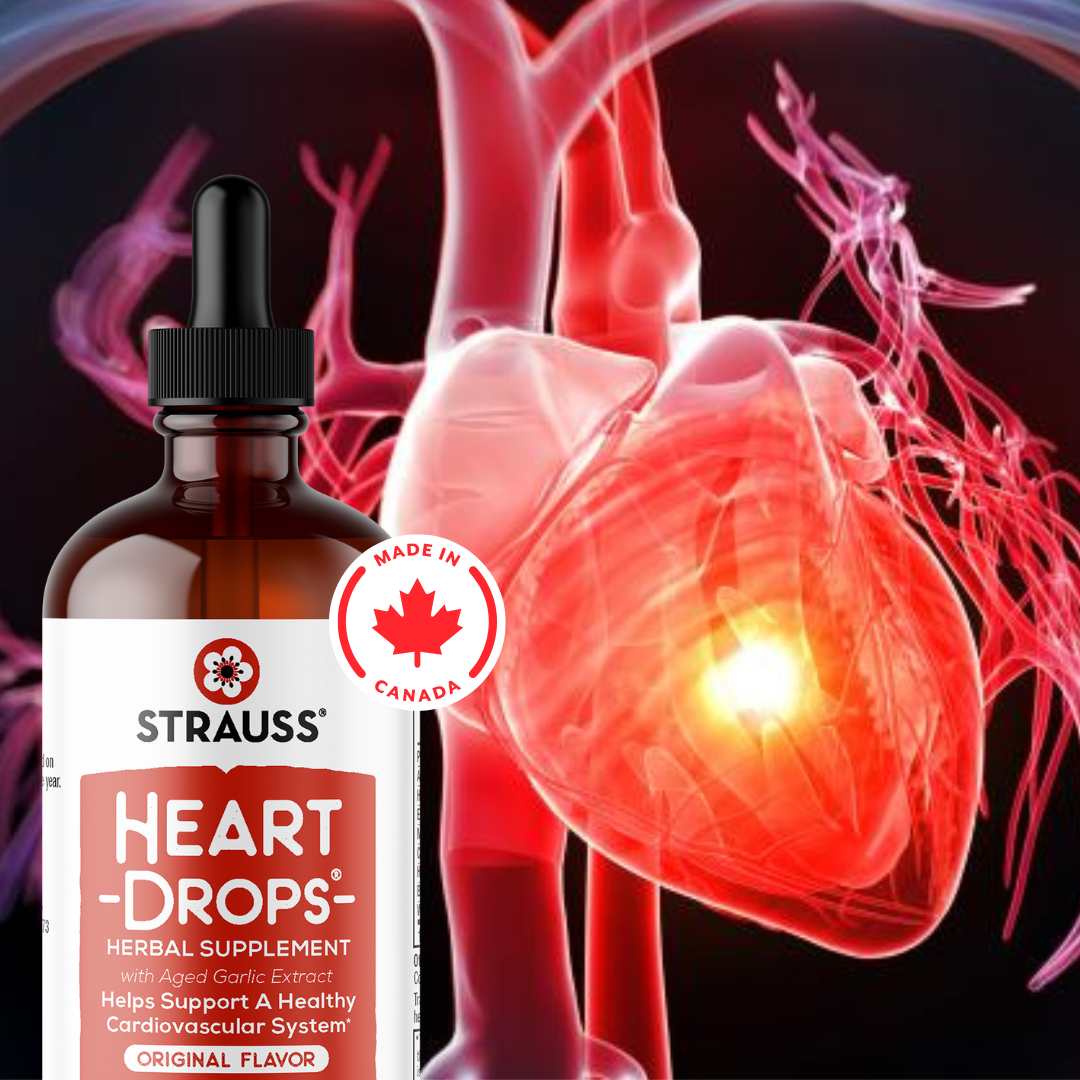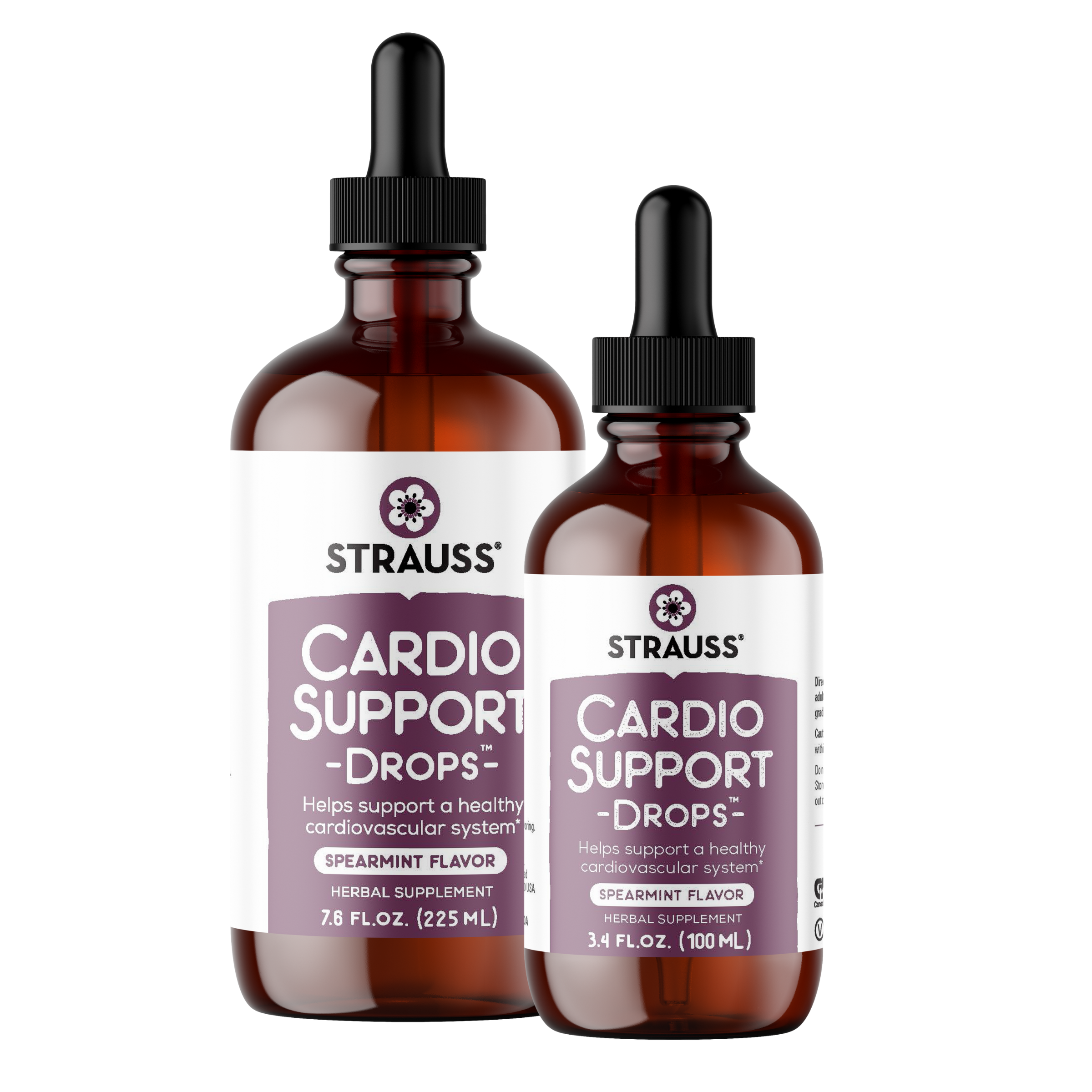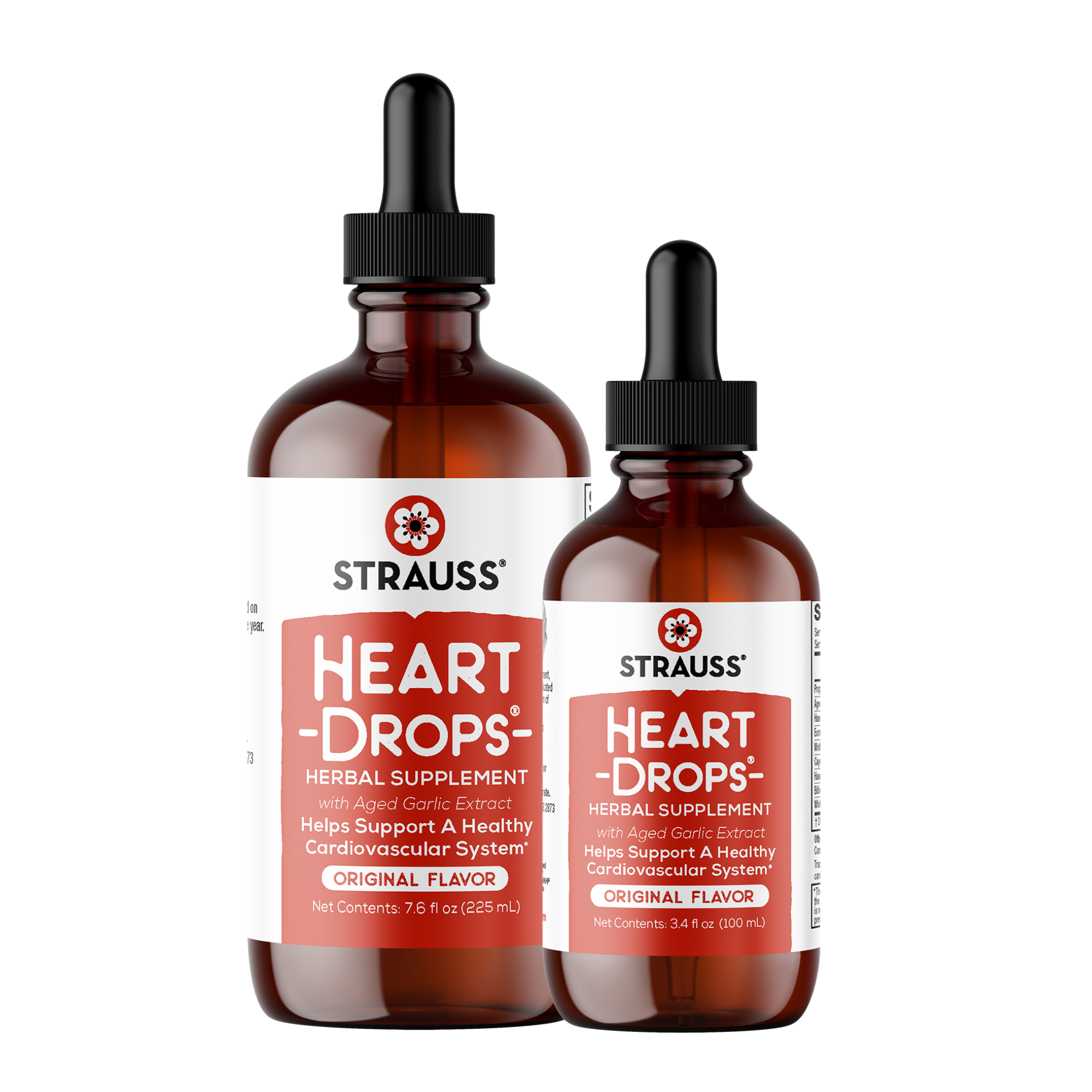Small Wins for a Stronger Heart: Diet and Lifestyle as Daily Circulation Therapy
Prepared by Dr. Michael Garko, Ph.D., M.S., M.A.
Introduction: Small Wins for a Stronger Heart
Over the last four instalments, we’ve explored the design vulnerabilities of our arteries,
the role of oxidized LDL and inflammation, the importance of nitric oxide, and the
paradox of chronic stress. Coronary artery disease (CAD) may seem like a vast and
daunting problem, but as Karl Weick (1984) taught us, big challenges yield to small
wins. By breaking prevention into achievable daily actions, we can transform something
overwhelming into a set of victories that build resilience over time. The key lies in the
dual power of diet and lifestyle, which together form the foundation of lifelong
cardiovascular health.
Diet and Lifestyle as Circulation Therapy
The body is remarkably responsive to both nutrition and lifestyle inputs. Together, they
form the two inseparable pillars of cardiovascular health. Even small, repeated actions
whether in what we eat or how we live can shift biology toward better endothelial
function, reduced inflammation, and improved resilience. The science is clear:
prevention doesn’t rest in one fix-all miracle intervention but in the cumulative power of
diet and lifestyle habits (Mozaffarian, 2016).
Movement Is Medicine
Regular aerobic activity strengthens the heart, improves blood flow, and enhances nitric
oxide production. Brisk walking, cycling, or swimming for 150 minutes per week lowers
CAD risk by up to 30% (Lear et al., 2017). Even breaking up long sitting periods with
5–10 minutes of light movement improves endothelial health. Every walk, stretch, or
climb of the stairs counts as a small lifestyle win.
Food as Daily Vascular Support
Diet profoundly shapes cardiovascular biology:
- Plant-rich diets (Mediterranean, DASH, MIND) lower systemic inflammation and
improve lipid profiles. - Nitrate-rich vegetables like beets, spinach, and arugula boost nitric oxide.
- Polyphenols from berries, tea, dark chocolate, and olive oil reduce oxidative
stress. - Healthy fats from fish, nuts, and olive oil improve endothelial function and
reduce arrhythmic risk (Estruch et al., 2018).
Avoiding ultra-processed foods, refined sugars, trans and saturated fats prevents
endothelial dysfunction and plaque buildup. Each swap of olive oil for butter, fruit for
sweets, fish for processed meat is a nutritional small win for the heart.
Rhythm of Rest and Recovery
Sleep and circadian rhythm deeply influence vascular integrity. Short sleep (<6 hours)
increases CAD risk by up to 20% (Cappuccio et al., 2011). Prioritizing 7–9 hours of
restorative sleep, consistent bedtimes, and screen-free evenings are small wins for
cardiovascular recovery that accumulate night after night.
Stress Resilience Practices
As Part 4 detailed, chronic stress silently undermines arteries. Daily practices like
paced diaphragmatic breathing, yoga, mindfulness, and social connection restore
balance to the autonomic nervous system and lower blood pressure. Heart rate
variability (HRV) improves with consistent practice, a measurable marker of resilience
(Thayer et al., 2010). Each mindful breath or moment of connection is a stress-
regulating win that supports both diet and lifestyle strategies.
Herbal Allies from Tradition and Science
Botanicals historically used for cardiovascular support such as hawthorn, aged garlic
extract, European mistletoe, cayenne pepper, and motherwort have demonstrated
positive cardiovascular health effects on endothelial function, nitric oxide availability,
antioxidant defenses, and blood pressure regulation (Ried et al., 2016; Tadić et al.,
2021). While not substitutes for diet or lifestyle, they offer adjunctive support in
maintaining circulation health. Each dose is a natural win that complements the broader
foundation of nutrition and lifestyle.
The Big Picture: Small Wins, Lasting Protection
What protects the arteries is not a single dramatic breakthrough but the cumulative
effect of small daily wins in both diet and lifestyle. Moving more, eating whole foods,
restorative sleeping, managing stress, breathing mindfully, and drawing on nature’s
pharmacy can collectively reduce the lifetime risk of CAD by up to 80% (Yusuf et al.,
2004). Each small win nudges biology in the right direction, lowering blood pressure,
improving endothelial function, reducing inflammation, or restoring autonomic balance.
Over weeks and years, these small victories compound into resilience, turning
vulnerability into strength.
Conclusion: From Small Wins to Lifelong Resilience
The human stress response, nitric oxide biology, and the inflammatory cascade may
predispose us to CAD, but biology is not destiny. By embracing the power of small,
repeatable wins in both diet and lifestyle, we can align daily choices with what our
arteries need most, that is, movement, nourishment, rest, stress balance, and natural
support. In doing so, we transform what once made us vulnerable into a source of
resilience, protecting the heart and circulation for a lifetime.
Looking Ahead
This concludes our five-part series on why humans are prone to coronary artery
disease. Together we’ve uncovered the design flaws, inflammatory cascades, nitric
oxide dynamics, stress paradox, and preventive strategies that shape cardiovascular
health. The next step is living this knowledge by achieving one small dietary and
lifestyle win at a time, for a heart that not only endures but thrives.
References
- Cappuccio, F. P., Cooper, D., D’Elia, L., Strazzullo, P., & Miller, M. A. (2011).
Sleep duration predicts cardiovascular outcomes: A systematic review and meta-
analysis of prospective studies. European Heart Journal, 32(12), 1484–1492. - Estruch, R., Ros, E., Salas-Salvadó, J., et al. (2018). Primary prevention of
cardiovascular disease with a Mediterranean diet supplemented with extra-virgin
olive oil or nuts. New England Journal of Medicine, 378(25), e34. - Lear, S. A., Hu, W., Rangarajan, S., et al. (2017). The effect of physical activity
on mortality and cardiovascular disease in 130,000 people from 17 countries.
The Lancet, 390(10113), 2643–2654. - Mozaffarian, D. (2016). Dietary and policy priorities for cardiovascular disease,
diabetes, and obesity: A comprehensive review. Circulation, 133(2), 187–225. - Ried, K., Fakler, P., & Stocks, N. P. (2016). Effect of aged garlic extract on blood
pressure and other cardiovascular risk factors. Integrated Blood Pressure
Control, 9, 9–21. - Tadić, P. P., & Singh, S. K. (2021). Hawthorn: Cardioprotective herb with bioactive
compounds. Frontiers in Pharmacology, 12, 641705. - Thayer, J. F., Åhs, F., Fredrikson, M., Sollers, J. J., & Wager, T. D. (2010). A
meta-analysis of heart rate variability and neuroimaging studies: Implications for
heart rate variability as a marker of stress and health. Neuroscience &
Biobehavioral Reviews, 36(2), 747–756. - Weick, K. E. (1984). Small wins: Redefining the scale of social problems.
American Psychologist, 39(1), 40–49. - Yusuf, S., Hawken, S., Ounpuu, S., et al. (2004). Effect of potentially modifiable
risk factors associated with myocardial infarction in 52 countries (the
INTERHEART study): Case-control study. The Lancet, 364(9438), 937–952.










